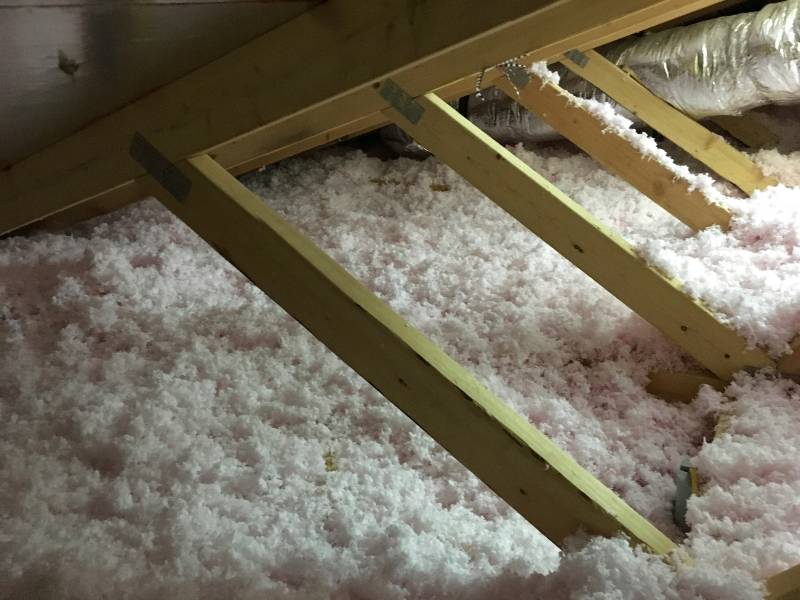Should You Insulate According to a Roof Repair Specialist in the Bay Area
Insulation can protect your roof and keep your home feeling comfortable, but it can also cause a lot of problems if it gets wet. Here are just a few things that can go wrong if you have damp insulation in your attic.
Increased Burden on Your Roof
Your attic insulation sits just below your roof’s membrane, which is why it can absorb a lot of moisture if you have a leaky roof. Insulation gets heavy as it absorbs water, which can put a lot of strain on your roof system. If this isn’t fixed by a roof repair contractor in the Bay Area, it can cause warping and structural damage over time. It will also cause metal roofing fasteners and steel studs to corrode.
Mold and Bacteria Growth
Mold and bacteria growth is always a distinct possibility whenever you have increased moisture in your home. Naturally, this will include moisture trapped within your insulated attic. If you notice an increase in allergy symptoms among your family, wet insulation in your attic could be the culprit.
A Loss of Efficiency
Insulation is meant to repel energy by trapping heat in your home in the winter and keeping it out in the summer. When insulation gets wet, it conducts energy instead, which leads to higher energy bills and a more uncomfortable home. Wet insulation loses about 40 percent of its R-value, or the measure of its thermal resistance. This effectively makes even the most efficient insulation all but worthless and in need of replacement by a roof repair specialist in the Bay Area.
Avoiding Wet Insulation
Replacing wet insulation is always a big hassle, so it’s best to avoid the problem whenever you can. The best way to do that is to keep a close eye on your roof. Contact a roof repair contractor in the East Bay area to inspect your roof at least once a year and make any repairs that might be necessary.
For more information about how you can keep your roof and your attic insulation safe and dry, contact Century Roof and Solar today. We will be happy to inspect your roof and your insulation to make sure that both continue to keep your home and your family safe.
